The heartbreaking love story behind the historic Obergefell v. Hodges Supreme Court case
As many same-sex couples decide to celebrate their love by getting married during this Pride Month, they have the perseverance of Jim Obergefell to thank.
While his name is part of the landmark Obergefell v. Hodges Supreme Court ruling in 2015 that guaranteed the legal right for same-sex couples to get married, there is a love story behind the legal documents.
Obergefell's persistence in having his marriage to his dying husband, John Arthur, legally recognized on Arthur's death certificate changed the course of history for LGBTQ+ couples in America.
Here is what to know about Obergefell, Arthur and the ground-breaking case.
Who is Jim Obergefell?
Obergefell, 57, described himself as an "accidental activist" in a commencement speech in May 2024 at Pitzer College, a private liberal arts school in California.
He is an Ohio native who graduated from the University of Cincinnati with a degree in secondary education and had a job teaching high school German in Indiana following college.
Obergefell was not out as a gay man during his college days.
“When I think about that time of my life when I was struggling to admit that I was gay, to come out, it was also a very scary time,” he told the University of Cincinnati website. “My freshman year — I don’t know if I’d use the term relationship — but I was with one of the guys on my floor in Calhoun Hall, and that was one of the times that the closet door creaked open. But I remember being terrified.”
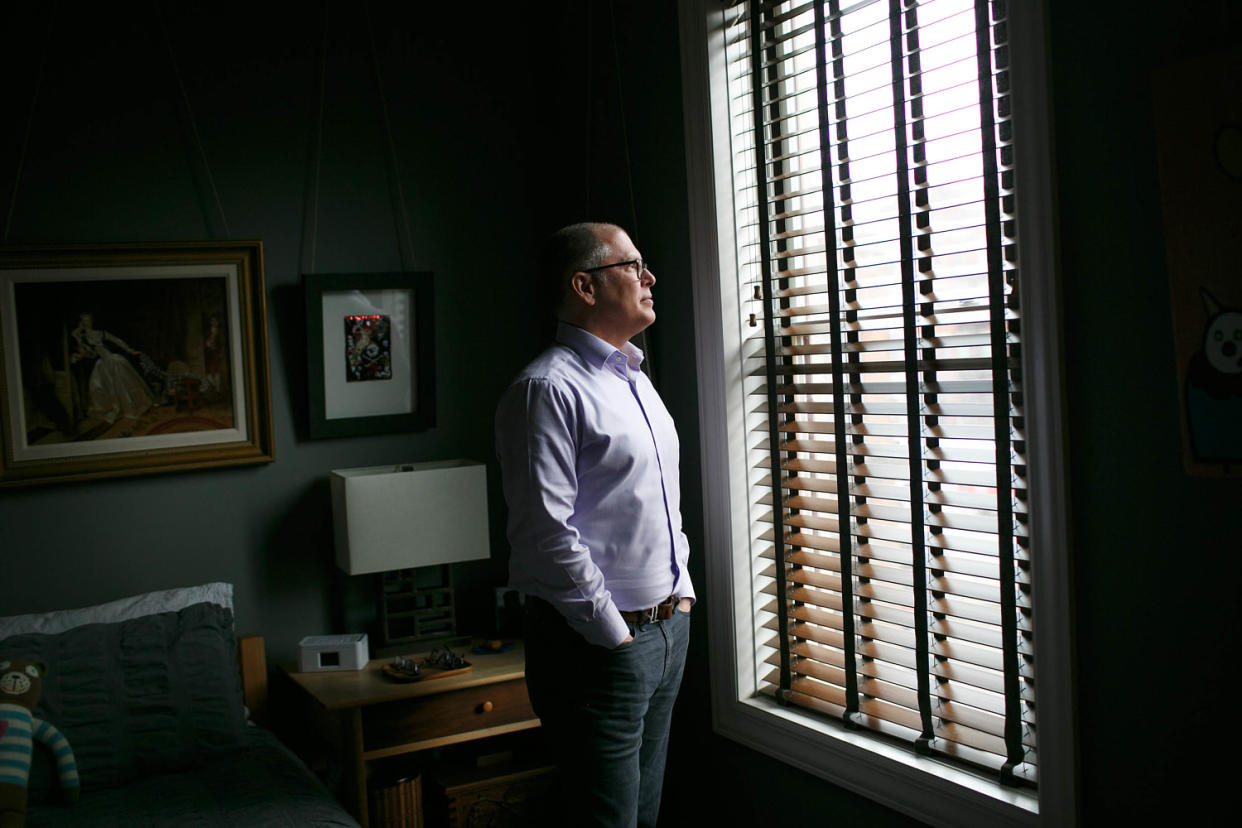
Following graduation, he ultimately quit the teaching job and went to graduate school at Bowling Green State University in Ohio for higher education and student affairs. It was during that time that he came out as gay to a friend.
"The sense of relief was incredible," he said in his speech. "At that moment, my authentic life began."
After meeting his husband, John Arthur, and falling in love, he left graduate school and moved back to Cincinnati. Obergefell worked as an information technology consultant at the time his landmark court case was set in motion, according to a 2015 story he wrote for the American Civil Liberties Union.
What is the love story behind Obergefell v. Hodges?
The two met in 1992 at a bar near the University of Cincinnati.
"The first time we met, he terrified me," Obergefell said in his commencement speech. "He was an out gay man comfortable in his own skin."
Obergefell remembered Arthur telling him Obergefell would never go out with someone like him.
"I have no idea where this came from, but I replied, 'How do you know? You haven't asked.' The jerk didn't take the hint," he joked in his speech. "I figured that was it, I'd never see him again."
They reconnected months later at a New Year's Eve party and were together until the end of Arthur's life.
In 2011, Arthur was diagnosed with Lou Gehrig’s disease, also known as amyotrophic lateral sclerosis, or ALS, a progressive neurodegenerative condition with no cure, when he was 46.
"In the span of a year," Arthur went from using a cane to having "no physical abilities" and needed around-the-clock hospice care, Obergefell said in his speech.
Obergefell added he took care of Arthur "24/7," except for when hospice nurses visited the home.
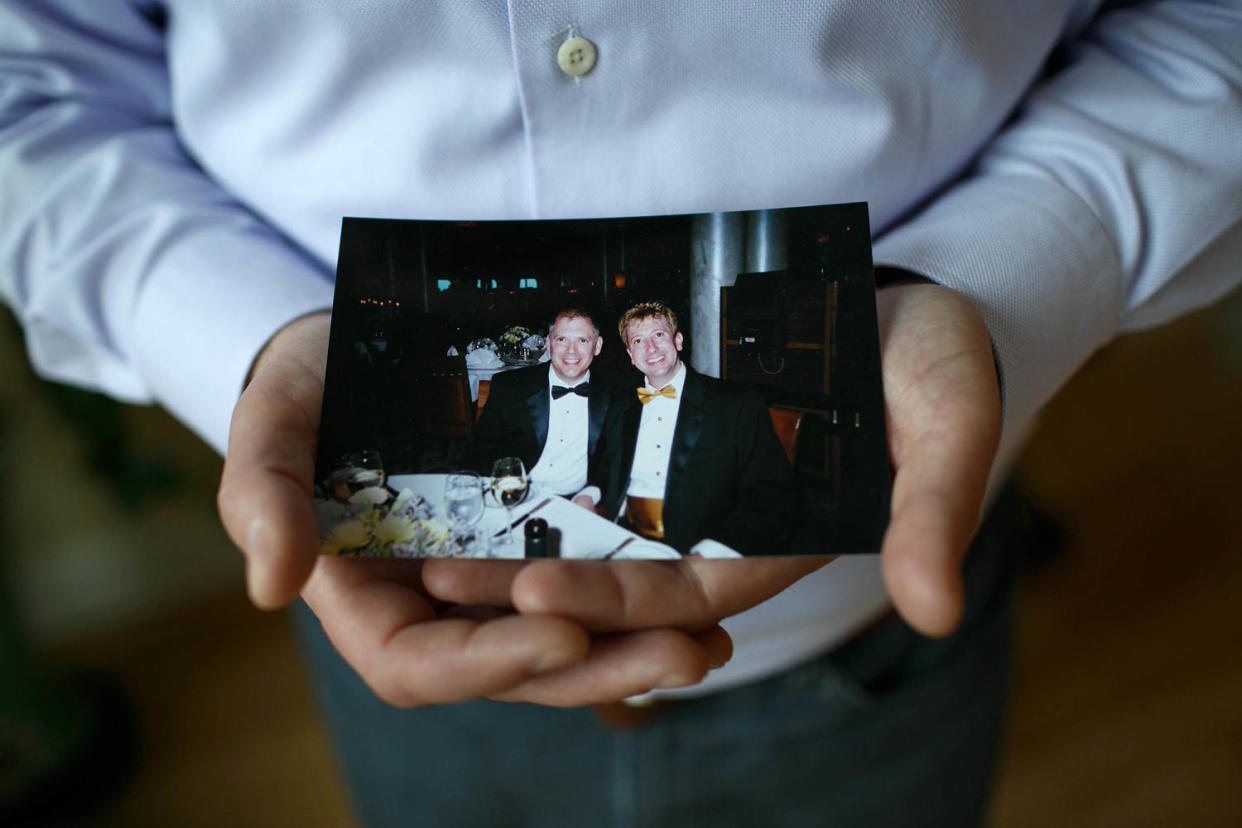
"It wasn't easy," he said in his speech. "It was scary, it was tiring and it was overwhelming. And success took on a brand-new meaning for me. It was an honor to care for John at home, it was a joy to keep him safe and comfortable, to spend as much time together as possible. We knew the end was coming sooner rather than later, and I found meaning in being his caregiver."
In 2013, Obergefell was by Arthur's bedside when they learned the Supreme Court had struck down the Defense of Marriage Act, known as DOMA, which denied federal benefits to same-sex couples.
The two then decided on the spot to get married, setting in motion what ultimately became the landmark Supreme Court ruling.
Their marriage did not take place in Ohio, however. They realized they had to get married in another state because they could not get a marriage license or get legally married in Ohio since it was banned by law.
They decided to travel to Maryland, where it was legal. Arthur's condition had deteriorated to the point where the only way they could safely do it was to charter a medical jet. Obergefell said in his commencement speech that family and friends came up with $14,000 to pay for the jet.
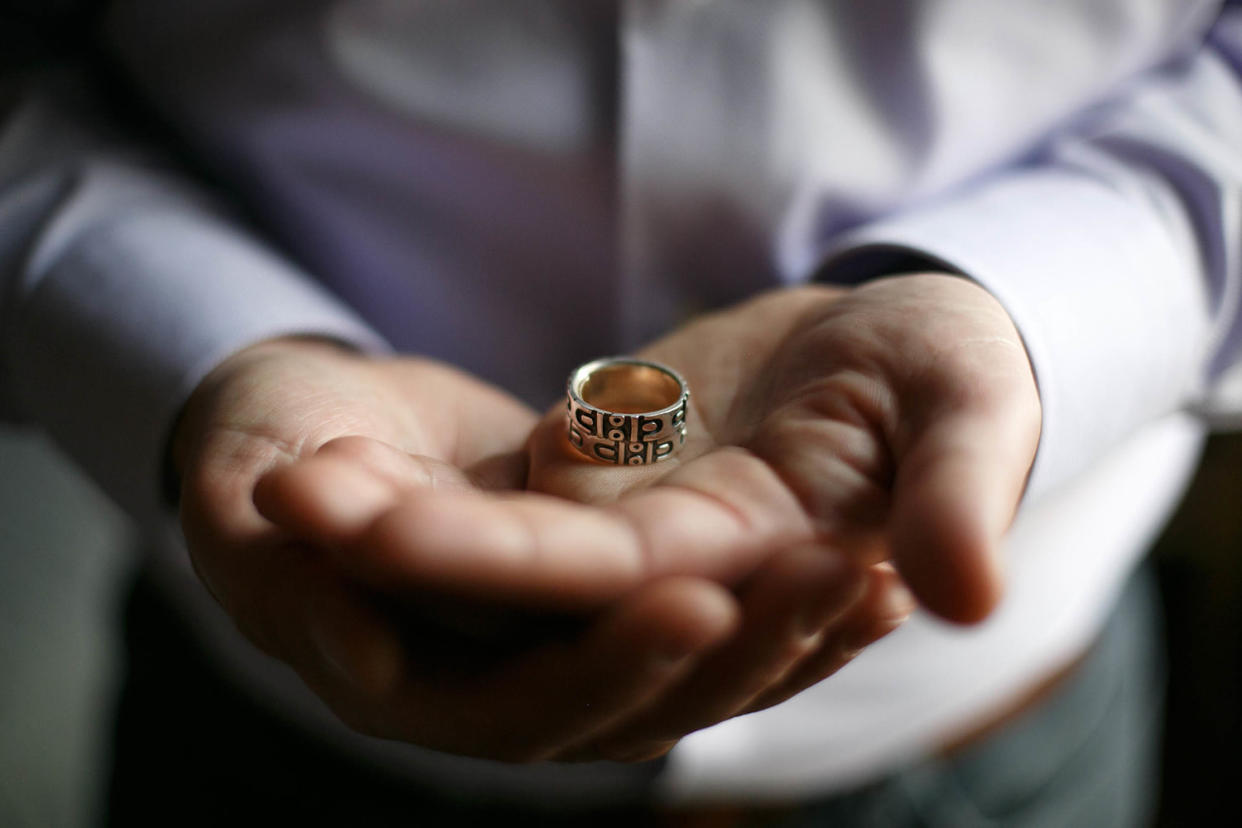
They got married on the tarmac at Baltimore/Washington International Thurgood Marshall Airport with Arthur's aunt officiating the proceedings.
"There was something magical about that short ceremony," Obergefell said in his speech. "We felt better. We felt different. We felt more complete. It truly was the happiest moment of our many years together."
How did the Obergefell v. Hodges ruling come about?
A story about their 2013 wedding in the Cincinnati Enquirer grabbed the interest of local civil rights lawyer Al Gerhardstein.
Gerhardstein informed the couple that when Arthur died from ALS, he would be listed as a single man on the death certificate and Obergefell would not be on it as his husband.
"It broke our hearts, and perhaps more importantly, made us angry," Obergefell said in his speech.
Eight days after they got married, Gerhardstein filed a lawsuit on the couple's behalf against the Ohio governor and attorney general in federal district court. Three days later, a federal judge ruled that Ohio must recognize their marriage by completing the death certificate.
Three months after the couple got married, Arthur died from his illness.
Following his death, the state of Ohio appealed the ruling, and it was overturned. That led Obergefell to file an appeal that went to the Supreme Court with his name as the lead plaintiff. The "Hodges" in the case is Richard Hodges, the director of the Ohio Department of Health at the time, according to the ACLU.
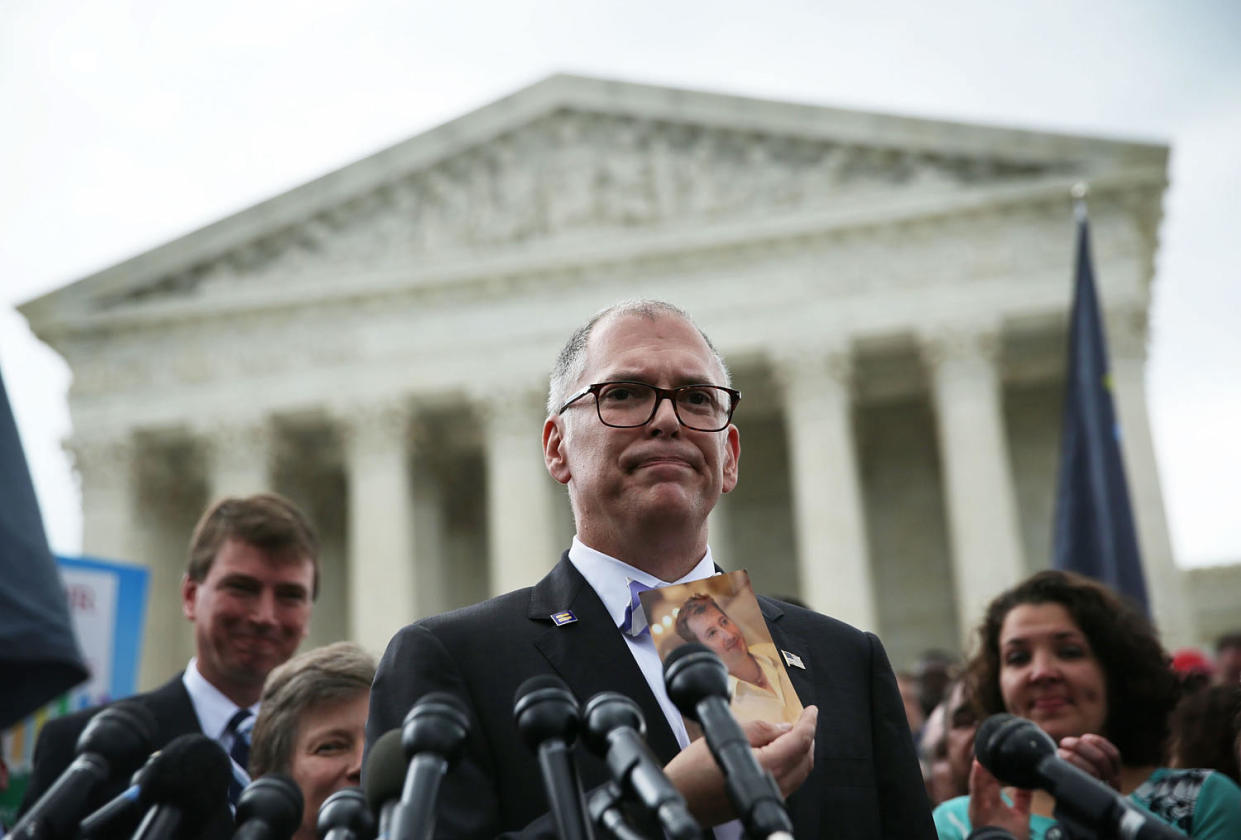
The lawyers for the plaintiffs argued that denying same-sex couples the right to get married violated the 14th Amendment, which guarantees "equal protection of the laws."
“When it comes to a matter of a fundamental right, it’s central to our Constitution that those are not up to a vote," Gerhardstein told the Cincinnati Enquirer in 2020.
Obergefell was in the courtroom on June 26, 2015, when the Supreme Court ruled 5-4 that the right for same-sex couples to get married nationwide is guaranteed by the 14th Amendment.
“I’m crying,” Obergefell told the University of Cincinnati. “My very first thought was, ‘John, I wish you were here; I wish you could know that we’d won; I wish you could know our marriage can never be erased.’ And then it hit me: for first time as an out gay man, I felt like an equal American.”
The ruling has had a profound effect. There were roughly 710,000 married same-sex couples in the U.S. as of 2021, according to Census Bureau data.
What is Jim Obergefell doing now?
Obergefell has embraced his role as an activist, often speaking at engagements by nonprofits and other organizations supporting LGBTQ+ rights.
"Like countless people before me, I never wanted to be an activist, but situations have a way of changing you, of helping you understand what you value and what you're willing to fight for," he said in his commencement speech.
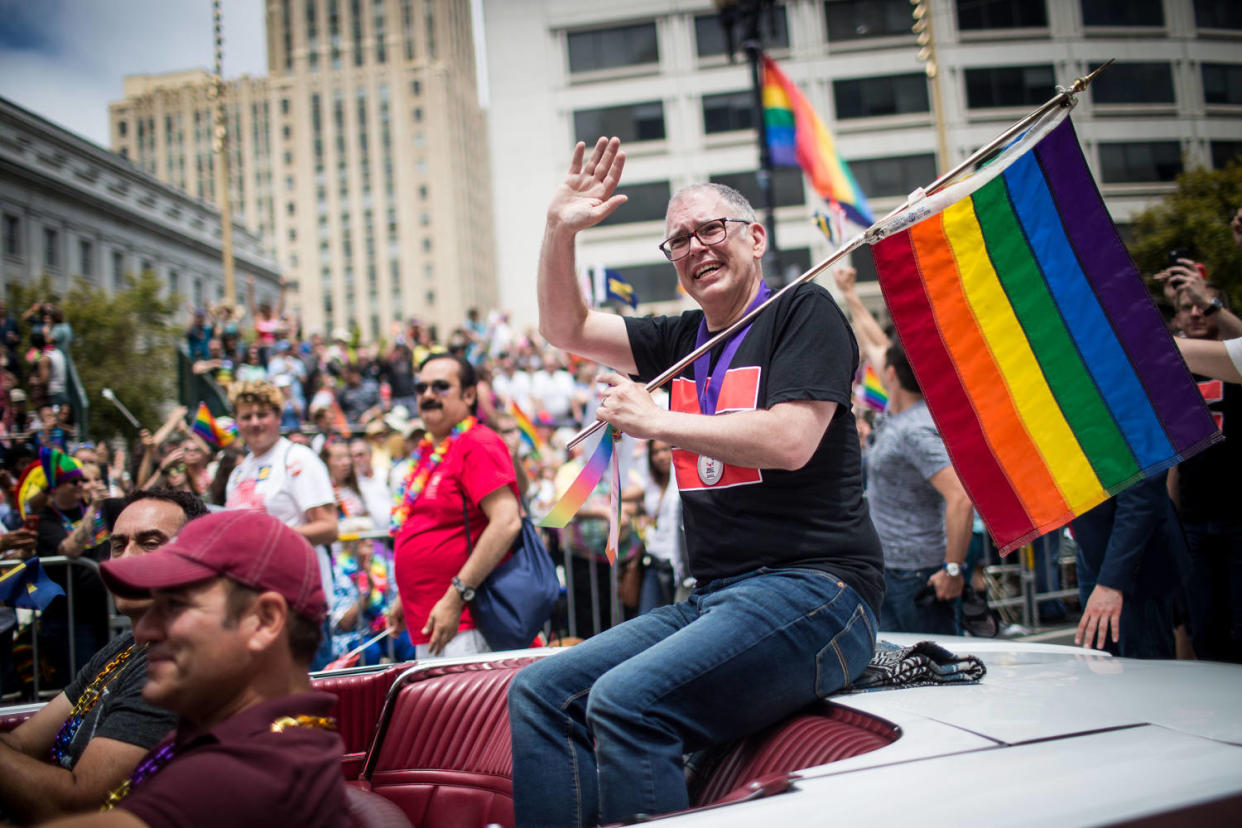
In 2022, he ran for a seat in the Ohio House of Representatives as a Democrat in his hometown of Sandusky. He lost to Republican incumbent D.J. Swearingen.
Obergefell also spoke out in 2022 when another landmark Supreme Court case, Roe v. Wade, was overturned to allow states to make abortion illegal.
Supreme Court Justice Clarence Thomas wrote in a concurring opinion in overturning Roe v. Wade that Obergefell v. Hodges should also be overturned. He argued that he would reject the doctrine of "substantive due process," which allows courts to protect rights that aren't explicitly outlined in the Constitution.
Obergefell shared his view of the ruling that bears his name in the wake of Roe v. Wade being overturned.
"The fact that it's the law of the land today doesn't mean it will be tomorrow or next year," he said on MSNBC in 2022. "We have a Supreme Court, we have justices who have made it clear that they do not want marriage equality. ... When we know that, how on Earth can anyone say marriage equality is safe?"
Obergefell was also speaking in support for the Respect for Marriage Act, which President Joe Biden ultimately signed into law in December 2022 to give federal protections to same-sex and interracial marriages.
Most recently, Obergefell marked Pride Month with an Instagram post June 1 in which he thanked several LGBTQ+ activists and encouraged people to vote.
"When we are out and proud, we give hope to others who are struggling to accept who they are, people who are terrified, those who feel no hope, others who see no future," he wrote. "Happy Pride, my wonderful queer community! Have fun, and remember you might be the one person who gives someone else a reason to hope, a reason to continue living."
This article was originally published on TODAY.com
